I have written previously why I believe that sugar, not fat, is behind the world’s rising ‘diabesity’ (diabetes and obesity).
Today, the New York Times (NYT) has revealed that the sugar industry paid scientists in the 1960s to play down the link between sugar and heart disease and promote saturated fat as the culprit instead:
The internal sugar industry documents, recently discovered by a researcher at the University of California, San Francisco, and published Monday in JAMA Internal Medicine, suggest that five decades of research into the role of nutrition and heart disease, including many of today’s dietary recommendations, may have been largely shaped by the sugar industry.
“They were able to derail the discussion about sugar for decades,” said Stanton Glantz, a professor of medicine at U.C.S.F. and an author of the JAMA paper.
The documents show that a trade group called the Sugar Research Foundation, known today as the Sugar Association, paid three Harvard scientists the equivalent of about $50,000 in today’s dollars to publish a 1967 review of research on sugar, fat and heart disease. The studies used in the review were handpicked by the sugar group, and the article, which was published in the prestigious New England Journal of Medicine, minimized the link between sugar and heart health and cast aspersions on the role of saturated fat.
Even though the influence-peddling revealed in the documents dates back nearly 50 years, more recent reports show that the food industry has continued to influence nutrition science.
Last year, an article in The New York Times revealed that Coca-Cola, the world’s largest producer of sugary beverages, had provided millions of dollars in funding to researchers who sought to play down the link between sugary drinks and obesity. In June, The Associated Press reported that candy makers were funding studies that claimed that children who eat candy tend to weigh less than those who do not.
The Harvard scientists and the sugar executives with whom they collaborated are no longer alive. One of the scientists who was paid by the sugar industry was D. Mark Hegsted, who went on to become the head of nutrition at the United States Department of Agriculture, where in 1977 he helped draft the forerunner to the federal government’s dietary guidelines. Another was Dr. Fredrick J. Stare, the chairman of Harvard’s nutrition department…
Dr. Hegsted used his research to influence the government’s dietary recommendations, which emphasized saturated fat as a driver of heart disease while largely characterizing sugar as empty calories linked to tooth decay. Today, the saturated fat warnings remain a cornerstone of the government’s dietary guidelines, though in recent years the American Heart Association, the World Health Organization and other health authorities have also begun to warn that too much added sugar may increase cardiovascular disease risk.
Sadly, Australia’s nutritional science establishment seems to have fallen for the “saturated fat is bad, sugar is okay” propaganda, which is why both the Government’s Health Star Rating system and the National Heart Foundation Tick program are fundamentally flawed.
Consider the below farcical examples of these programs.
How is it that natural virgin coconut oil receives only a half star health rating (because it contains over 90% saturated fat):
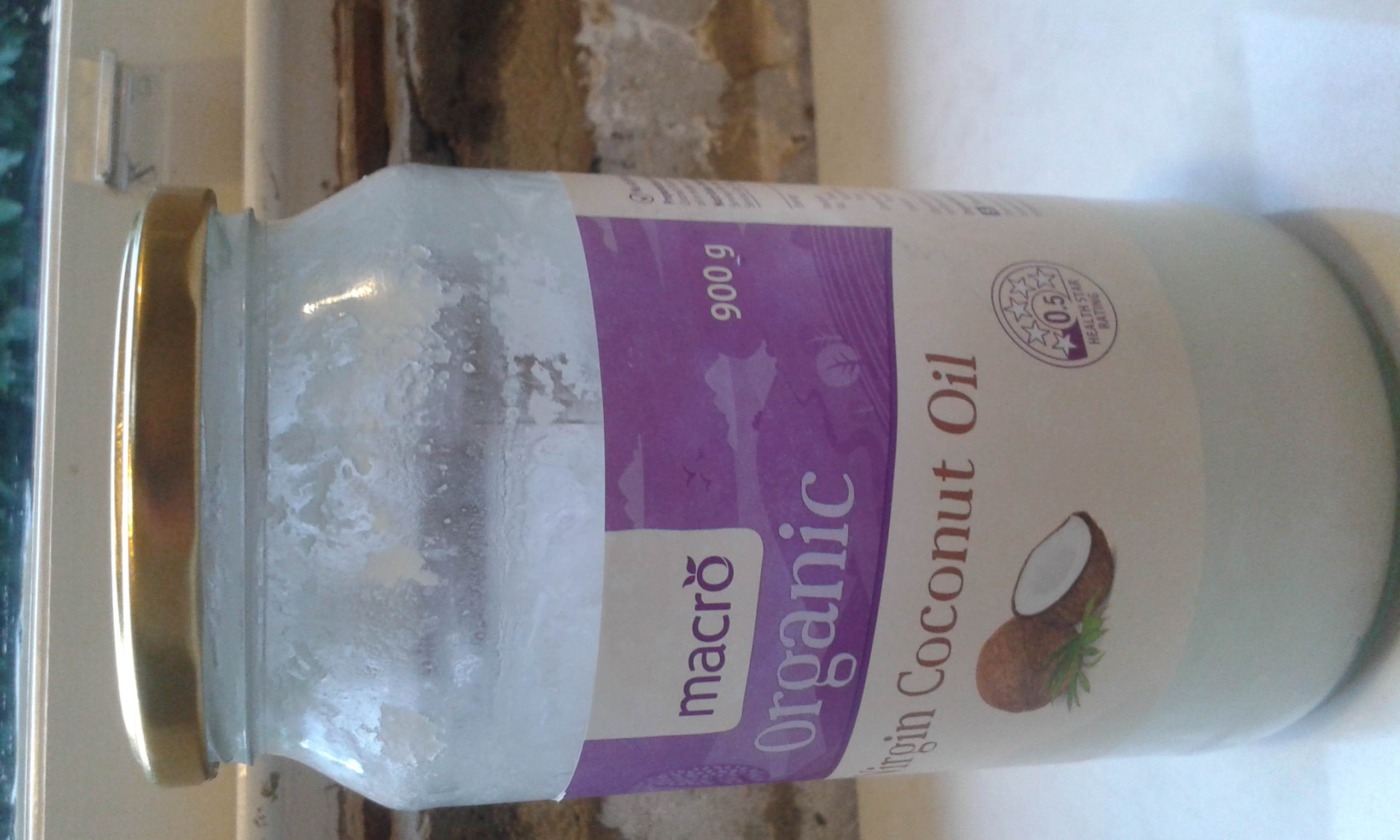
And natural full fat Greek yogurt receives only 1.5 stars:
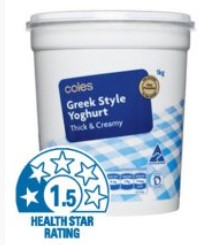
Whereas highly processed margarine, chock-full of inflammatory omega-6 polyunsaturated oils, receives the Heart Foundation tick:
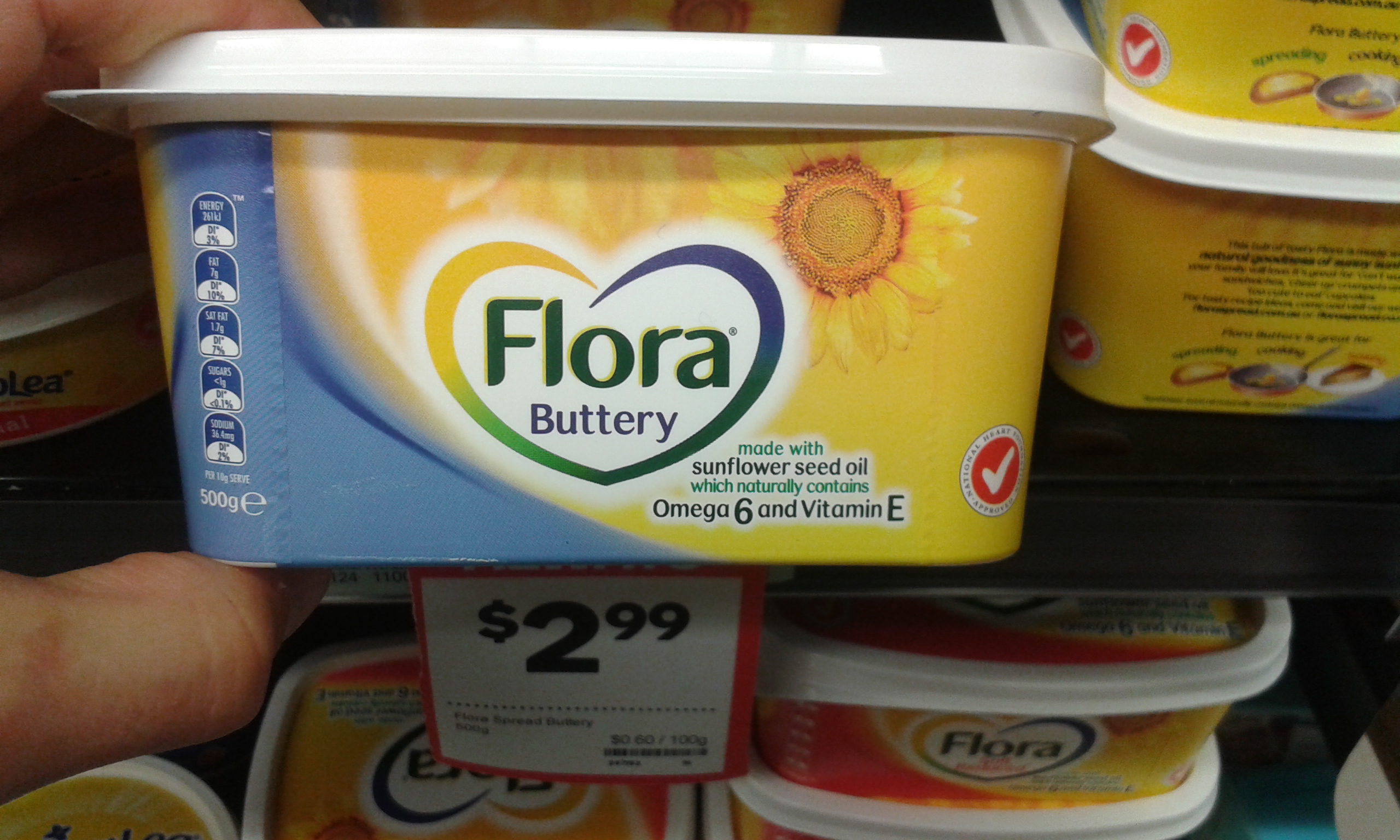
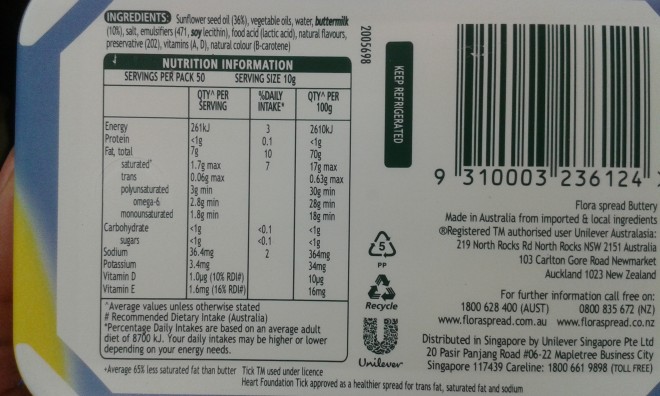
And sugary low fat yogurt receives a 3-star health rating:
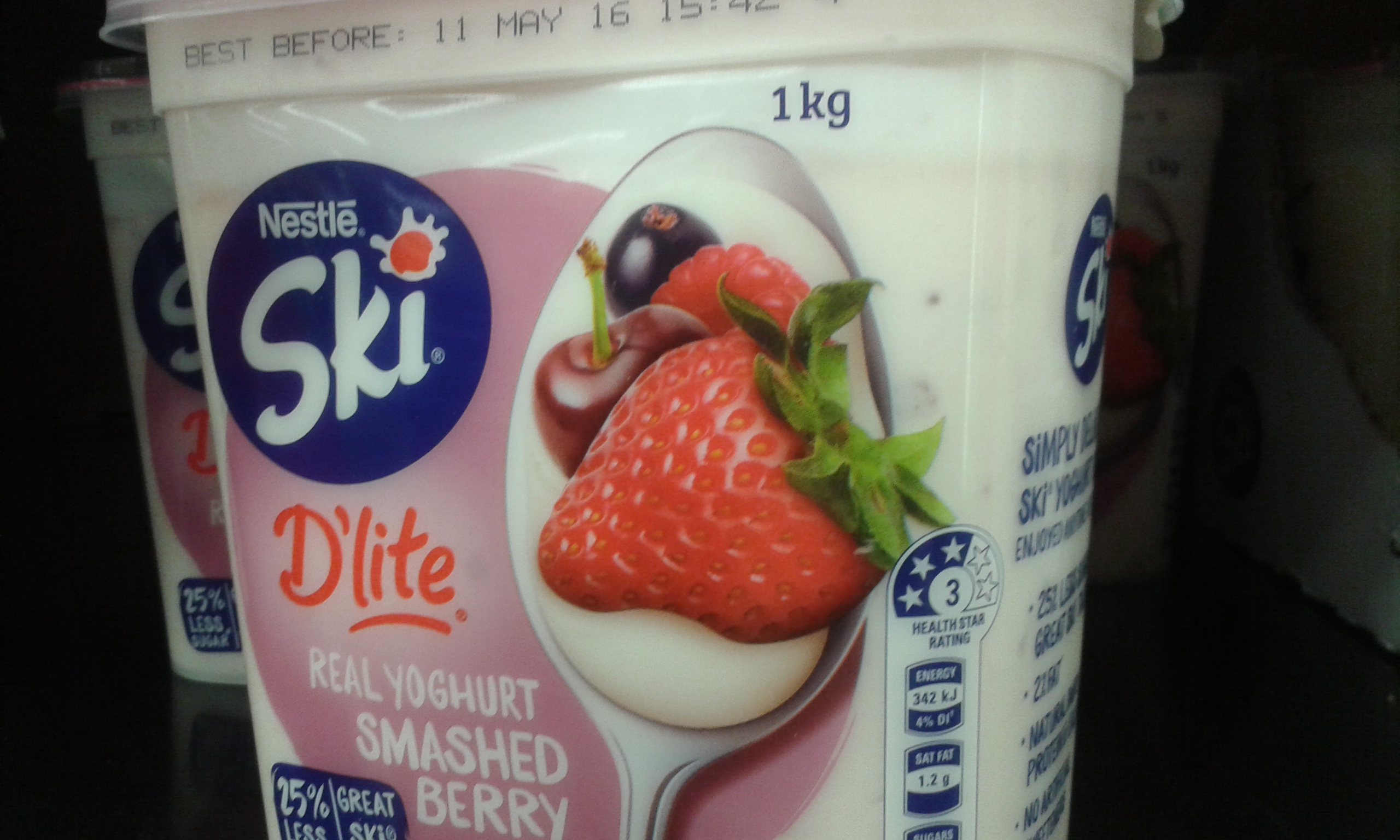
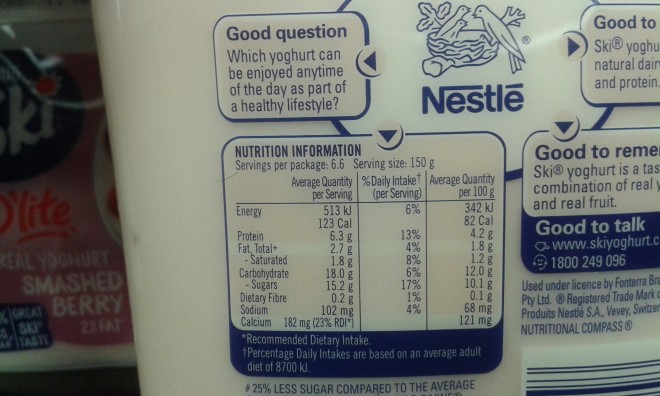
The farce is even worse when it comes to breakfast cereals.
Do you fancy some sugar with your breakfast? Check-out the below highly processed cereals that receive a healthy 4-star rating and/or Heart Foundation Tick despite each containing more than 20% sugar:
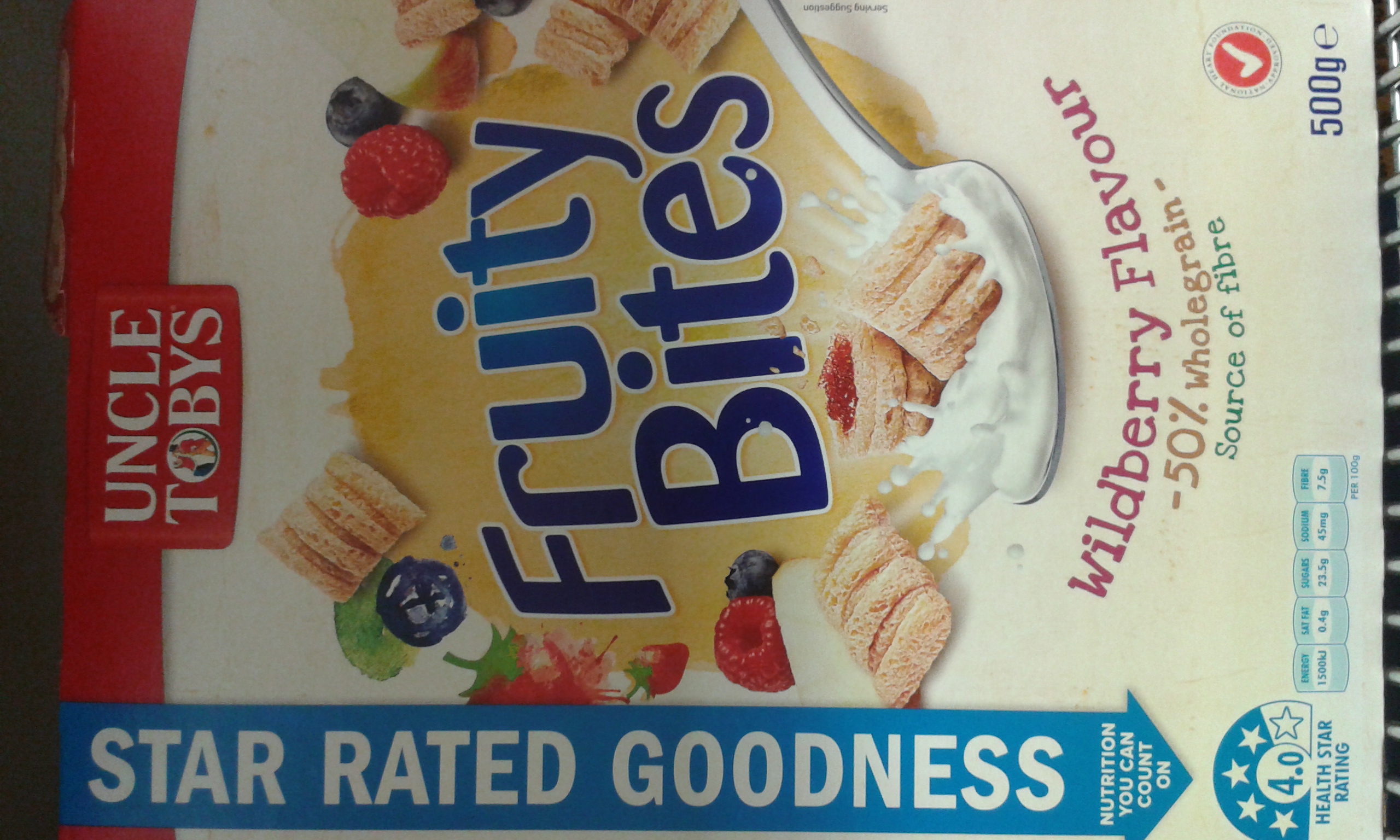
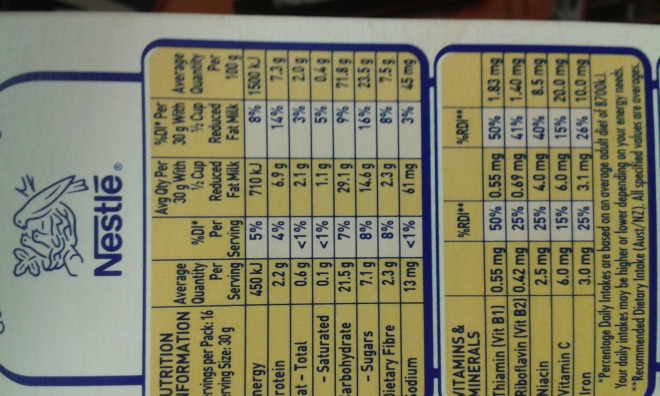
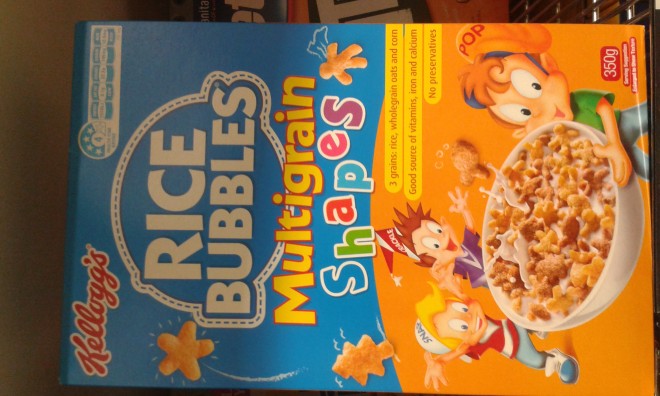
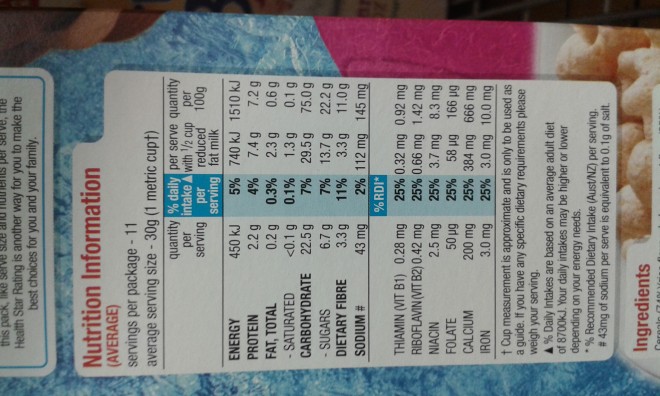
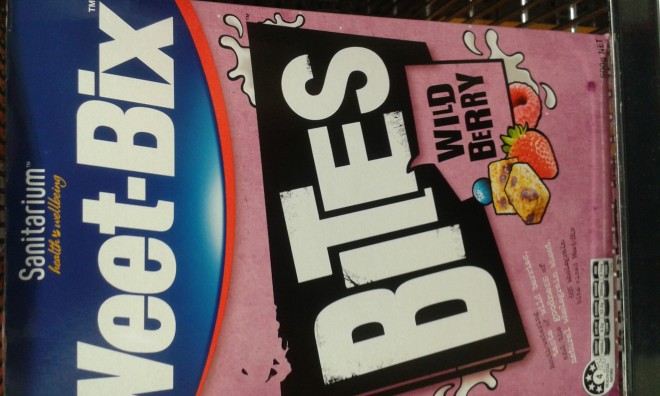
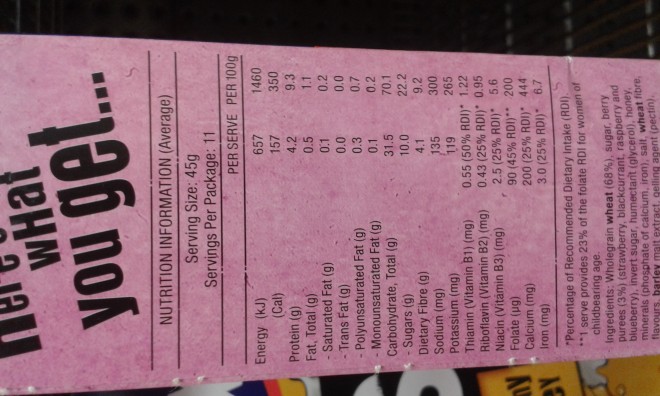
Or maybe you are too busy to eat cereal? No worries. Just down a processed sugary chocolate-flavoured “Up and Go” milkshake, which receives a farcical 4.5-star health rating:

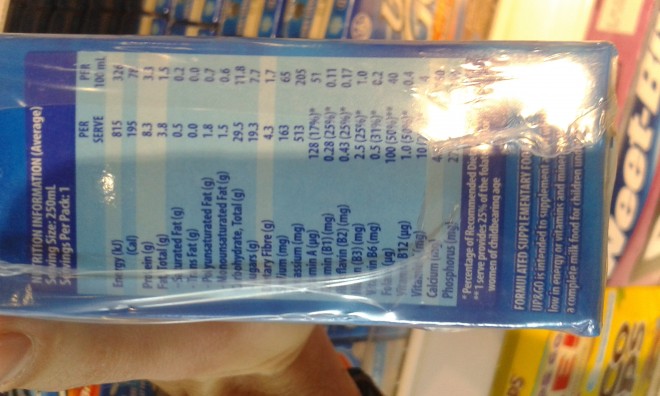
Or a 26.8 grams per serve of sugar glass of reconstituted apple juice, which receives a 5-star rating:
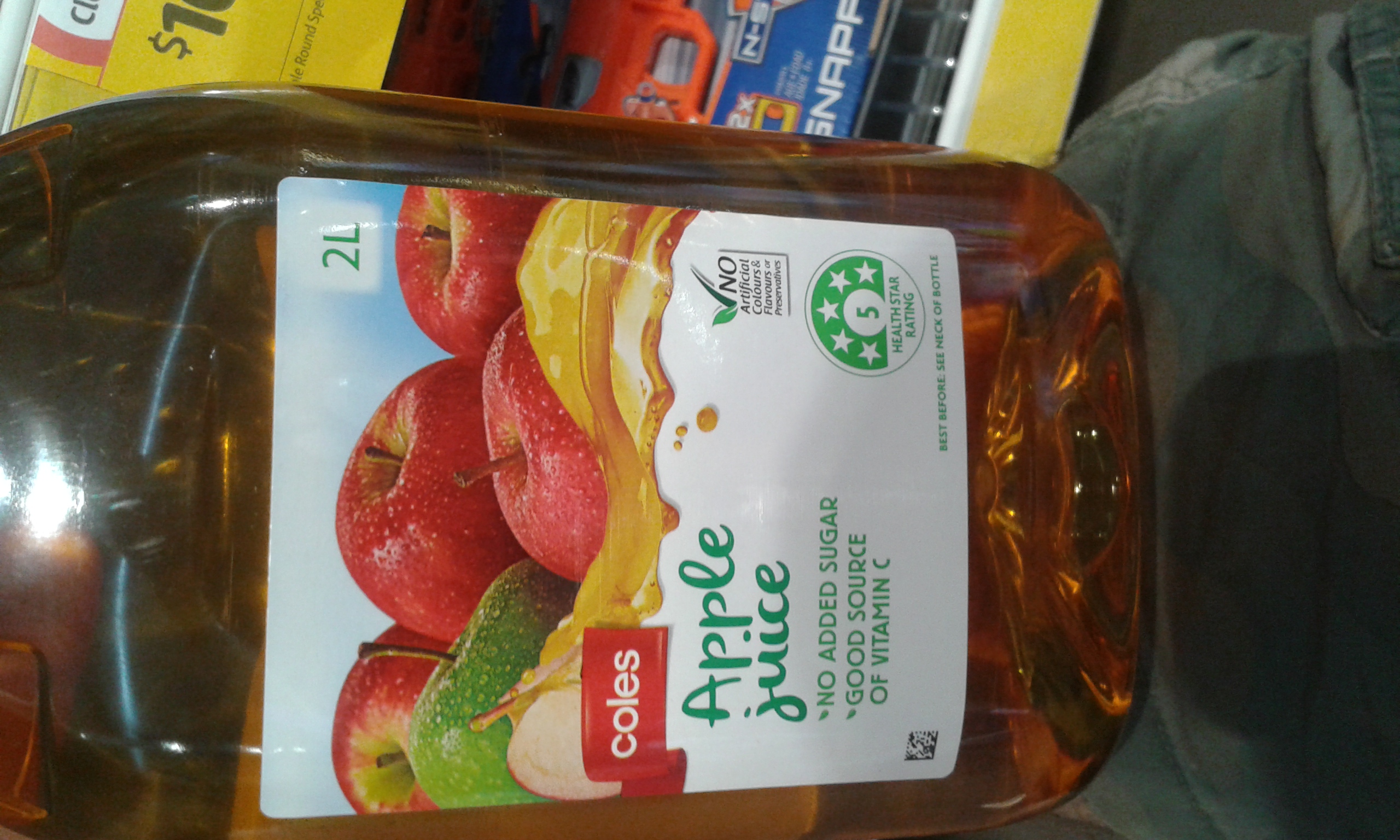
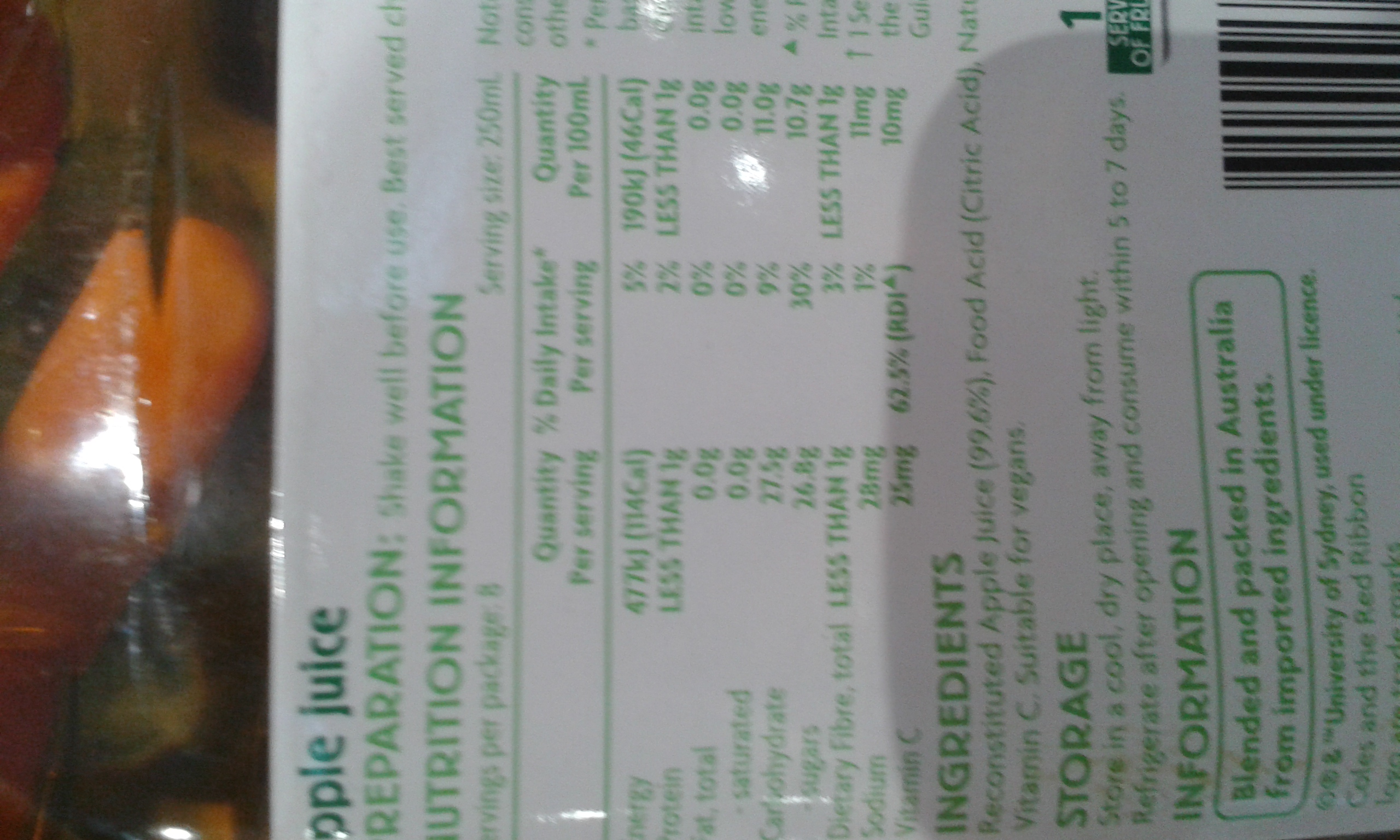
Or a sugary processed “Roll-up”, which contains 26.7% sugar, but somehow still manages a 3-star health rating:

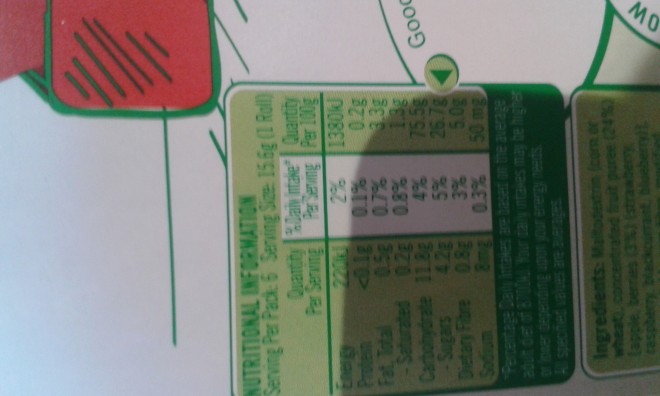
Or a couple of sugary muesli bars, which receive a 4-star rating despite containing around 20% sugar:
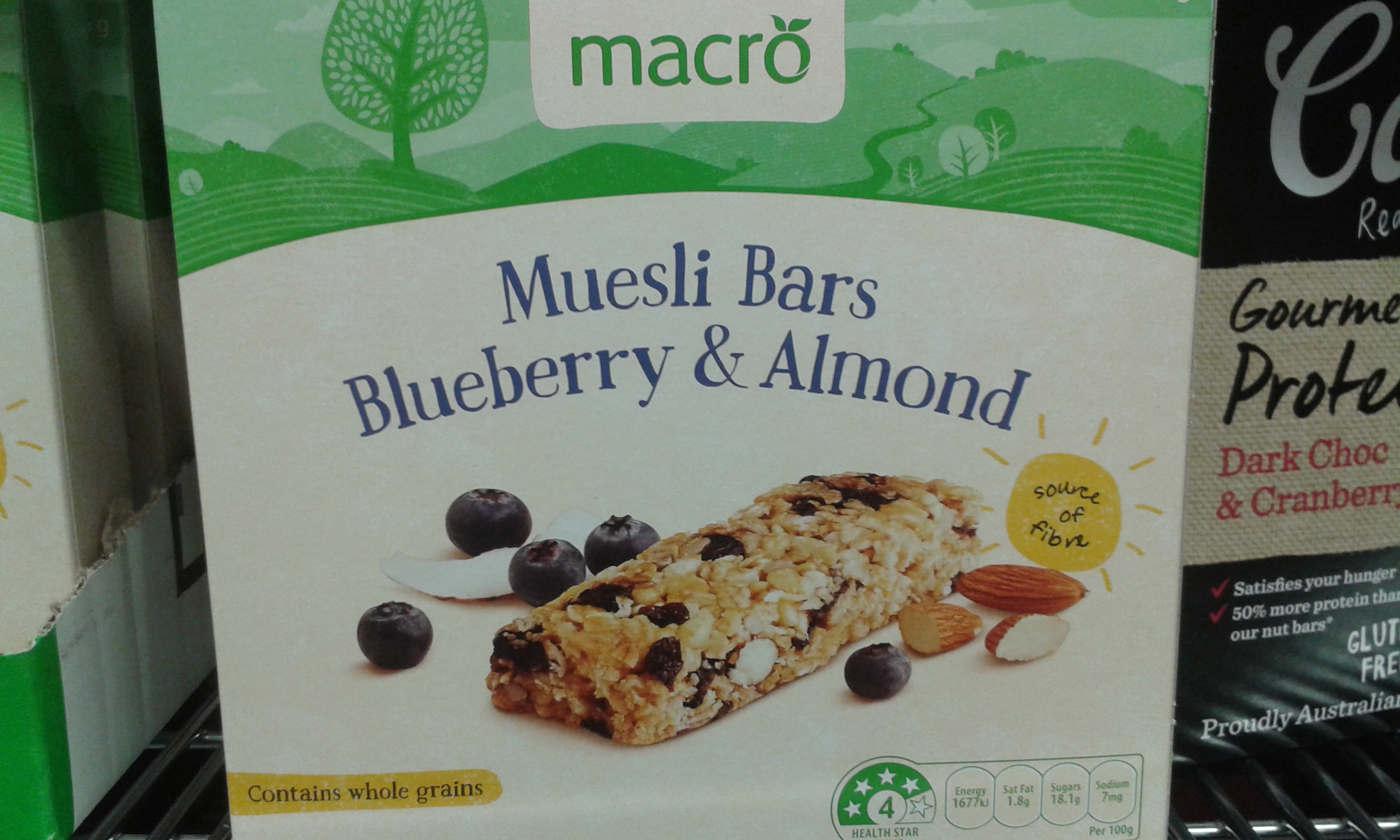
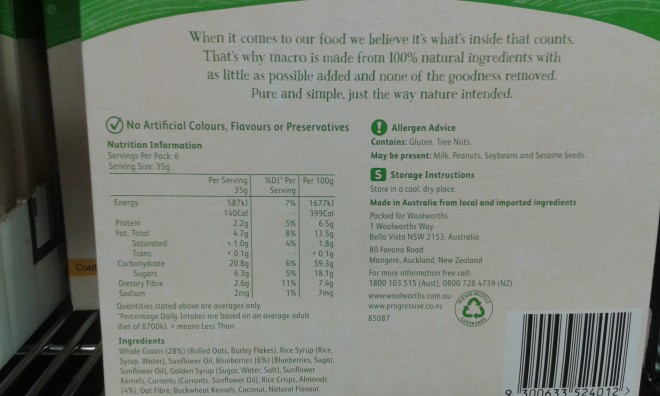

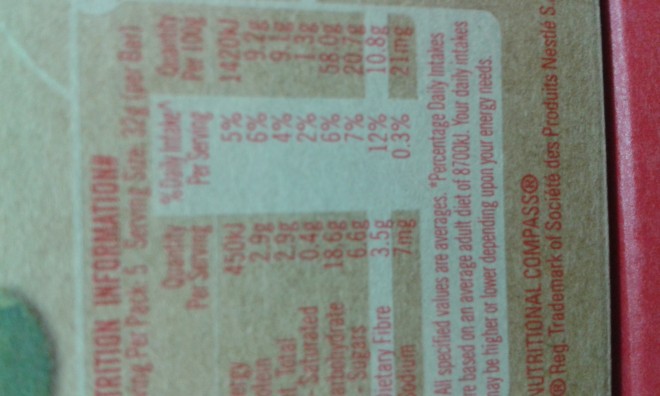
What should be abundantly clear from the above examples is that the Government’s Health Star Rating system and the National Heart Foundation Tick program largely ignore the high amounts of sugar in processed foods, while demonising saturated fat.

